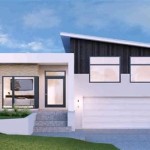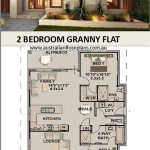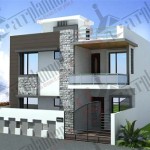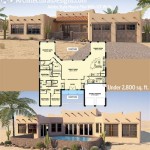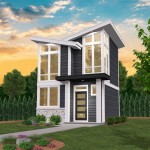Small Cabin Designs and Floor Plans
Small cabin designs offer a compelling blend of affordability, efficiency, and connection with nature. Whether intended as a vacation retreat, a guest house, or even a primary residence, careful planning is crucial to maximize space and functionality. This article explores various design considerations and floor plan options for creating a comfortable and practical small cabin.
Maximizing Space in Small Cabin Designs
Effective space utilization is paramount in small cabin design. Multi-functional furniture, such as sofa beds or tables with built-in storage, can significantly increase usable space. Vertical space should also be exploited with lofted sleeping areas, high shelves, and strategically placed windows to create an illusion of spaciousness. Built-in furniture customized to the cabin's dimensions further optimizes floor area and provides tailored storage solutions.
Choosing the right layout is another critical aspect of maximizing space. Open floor plans, where the kitchen, dining, and living areas flow seamlessly together, can make a small cabin feel larger. Minimizing hallways and incorporating sliding doors instead of traditional swing doors also contributes to a more open and airy feel. Prioritizing natural light through large windows and skylights further enhances the perception of space and connects the interior with the surrounding environment.
Choosing the Right Floor Plan
Several popular floor plans cater to the unique needs of small cabin living. The single-room cabin, essentially a studio apartment in the woods, offers a compact and cost-effective solution. This layout prioritizes essential living functions within a single space, often incorporating a lofted sleeping area to maximize floor area.
The loft cabin design incorporates a main floor living area with a sleeping loft accessed by a ladder or stairs. This design efficiently separates sleeping quarters from the living space while maintaining an open feel. The additional loft space can also be utilized for storage or a small workspace.
For those requiring more privacy or accommodating a small family, a two-story cabin provides distinct sleeping and living areas. This layout typically features a main floor with a kitchen, living room, and bathroom, while the upper level houses one or two bedrooms. This design offers more privacy and separation of functions, but can also increase building costs.
Another option is the A-frame cabin, characterized by its steeply angled roofline that extends to the ground. This distinctive design creates a cozy and visually appealing space, often featuring a lofted sleeping area under the high ceiling. However, the sloping walls can limit usable floor space at the edges of the cabin.
Consideration of Lifestyle and Needs
Before finalizing a small cabin design, careful consideration of individual lifestyle and needs is crucial. Determining the primary function of the cabin, whether it will be a primary residence, a vacation home, or a rental property, will inform design choices. The number of occupants will also influence the size and layout of the cabin, determining the number of bedrooms and bathrooms required.
The location of the cabin also plays a significant role in design considerations. Climatic conditions will dictate insulation needs and the type of heating and cooling systems required. The surrounding terrain and vegetation will influence the placement of windows and outdoor living spaces. Integrating the cabin harmoniously with the natural environment is essential for creating a relaxing and enjoyable living space.
Budget is another critical factor in small cabin design. Material choices, such as using reclaimed wood or opting for a simpler foundation, can significantly impact construction costs. The complexity of the design and the inclusion of features such as a loft or a second story will also affect the overall budget. Careful planning and prioritizing essential features can help keep costs within a reasonable range.
Materials and Sustainability
Selecting sustainable building materials is an increasingly important aspect of cabin construction. Using locally sourced wood minimizes transportation costs and supports local economies. Reclaimed wood offers a unique aesthetic and reduces the environmental impact of new lumber harvesting. Other sustainable options include bamboo, cork, and recycled materials.
Incorporating energy-efficient features can also minimize the cabin's environmental footprint. Proper insulation, high-performance windows, and energy-efficient appliances can significantly reduce energy consumption. Utilizing renewable energy sources such as solar panels or wind turbines can further enhance sustainability and reduce reliance on traditional power grids.
Water conservation is another important consideration. Installing low-flow fixtures and implementing rainwater harvesting systems can minimize water usage. Composting toilets offer an eco-friendly alternative to traditional sewage systems, particularly in off-grid locations.

Small Cabin Designs With Loft Floor Plans

Small Cottage Floor Plan With Loft Designs House Plans Homes

Small Cabin House Plans Floor Construction Guest

Rustic Vacation Homes Simple Small Cabin Plans Houseplans Blog Com

Cabin Floor Plans Small

13 Best Small Cabin Plans With Cost To Build Craft Mart

Tiny House Plan Examples

Rustic Vacation Homes Simple Small Cabin Plans Houseplans Blog Com

Cabin Vacation Style Home Plan Getaways

Small Cabin Designs With Loft Floor Plans House Plan


